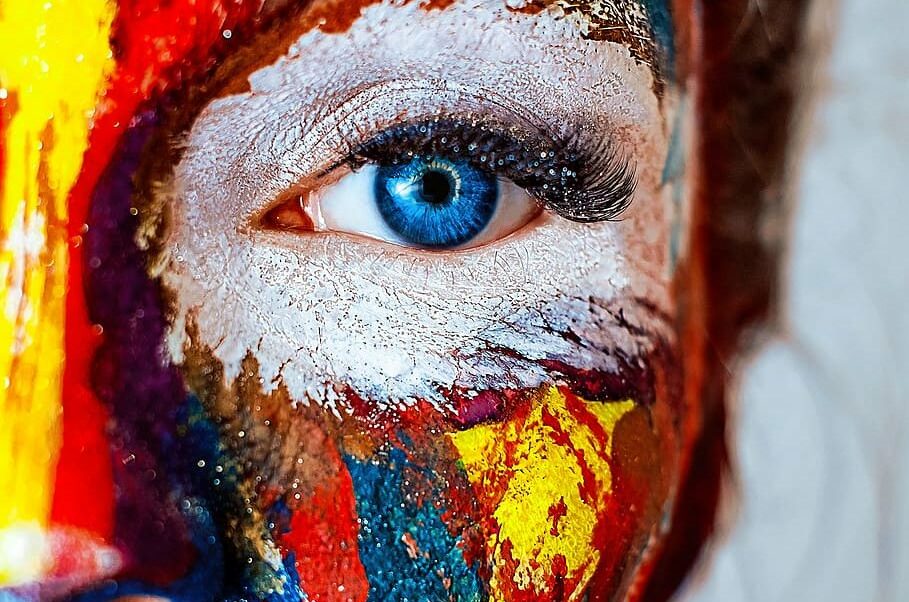Short Story
Onomatopoeia Definition and Examples
What is onomatopoeia? To describe it in a zip, an onomatopoeia is a word that smacks the reader’s ears and makes them pop. Onomatopoeia words describe sounds by copying the…
Read MoreWhat is Historical Fiction? A Guide to Writing the Genre
Historical fiction books are works of literature in which fictional events occurred during real-life historical events. Sometimes, these are simply “period pieces”—a novel written today about lovers in Victorian England…
Read MoreFiction vs. Nonfiction: What is the Difference Between Fiction and Nonfiction?
Works of prose are typically divided into one of two categories: fiction vs. nonfiction. A work of fiction might resemble the real world, but it certainly did not happen in…
Read MoreWhat is Purple Prose? The Case Against Overly Ornate Writing
Ah, purple prose: that ornate room of language: that jeweled scabbard with which the writer unsheaths their mightiest thoughts, decorated and aglitter in the light of passing eyes; so wrought…
Read MoreWriting Styles: What is Style in Writing?
Writing styles may be hard to define, but something separates Hemingway from Steinbeck, Atwood from LeGuin, or Keats from Wordsworth. Though two given writers might dwell on similar themes, every…
Read MoreHow to Start Writing Fiction: The Six Core Elements of Fiction Writing
Whether you’ve been struck with a moment of inspiration or you’ve carried a story inside you for years, you’re here because you want to start writing fiction. From developing flesh-and-bone…
Read MoreWhat is Speculative Fiction? Definition and Writing Tips
What is speculative fiction? Take a look at objective reality. Now, change something about that reality—put it on Mars, in the year 3,000, add some magical mayhem, etc. Speculative fiction…
Read MoreCharacter Development Definition: A Look at 40 Character Traits
For any work of fiction to resemble real life, it has to portray real character development with a convincing character arc. Additionally, those characters need to have believable character traits,…
Read MoreCommon Rhetorical Devices List: The Art of Argument
Rhetorical devices are techniques in writing and speech that try to persuade the audience. A rhetorical device uses language to shape ideas into arguments, convincing the reader through a plethora…
Read MoreWhat is the Setting of a Story? 5 Functions of Setting in Literature
A short story or novel without a setting is one without context—it occurs nowhere and at no particular time. But every person and everything in our everyday world occurs somewhere…
Read More









